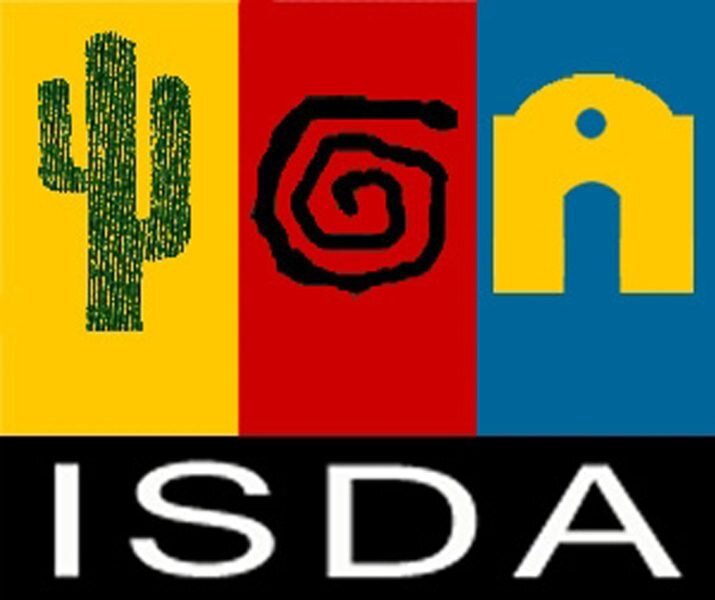Cabeza Prieta National Wildlife Refuge: Case for Expansion
Value of Undeveloped Landscape
Recognizing the wild nature of the BLM managed lands around the communities of Ajo and Why, Arizona, and recognizing that the undeveloped nature of these areas is integral to outdoor recreation opportunities (both for the local community and for a growing visitation economy built around eco- and cultural tourism), the International Sonoran Desert Alliance (ISDA) is interested in exploring strategies to safeguard sensitive areas against incompatible development and unsustainable usage. To this end, ISDA is requesting that the U.S. Fish and Wildlife Service (FWS) explore expansion opportunities for the Cabeza Prieta National Wildlife Refuge to include some tracts of land currently managed by the U.S. Bureau of Land Management. We are also requesting that such an exploration include robust opportunities for community input on any proposed changes to access or allowable usage.
Potential Benefits of Refuge Expansion
1. To create a more certain future for the Ajo block and to help keep the lands the way they are. BLM lands, by law, are designed to provide multiple uses. As such, energy development, mining, off road vehicle operation and other uses will continue to change the Ajo block over time. FWS lands are managed for wildlife conservation, and under their management and legal direction, ad hoc uses would not have to be allowed and, by law, should not be allowed.
2. To limit the threat of new development. BLM allows mining, oil and gas, solar, energy corridors and other commercial development as a part of their multiple use mandate. FWS does not have to allow commercial development, and as a part of any transfer, a mineral withdrawal could be included to eliminate the threat of energy and mining development in the future for lands that are transferred.
3. To deal with unmanaged recreation. Due to BLM’s legal mandate, they can and usually do allow for unmanaged and unauthorized dispersed recreation, including off road vehicle use (new ATV and motorized route creation), remote boondocking and other recreational uses to happen. Over time, those uses become adopted by the agency, and result in a future that is ad hoc created by users. FWS isn’t required to allow for unfettered motorized recreation or other uses that degrade wildlife values and can manage transferred lands in a way that allows for recreational use to happen, but not in a way that destroys the surrounding environment and cultural resource values.
4. To protect cultural resources. The FWS is better positioned to protect cultural resources, particularly as it relates to putting a stop to unmanaged recreational use impacting the landscape. There could also be options as a part of this process to explore co-management of culturally significant sites with Native American tribal entities.
Answers to Frequently Asked Questions
Q: Would a management transfer apply to the entire Ajo BLM Block?
A: The exact scope of any administrative land transfer would be part of the FWS evaluation process, but a wholesale transfer of management seems highly unlikely based on the variety of current land uses. To-date, conversations have centered on Areas of Critical Environmental Concern (ACECs) and lands where there is an identifiable resource value that FWS is uniquely qualified to manage for. ACECs are zones that BLM has identified as requiring special management protocols due to the presence of sensitive species and archaeological or other cultural resource sites. There are two ACECs in the Ajo BLM Block: Cuerda de Leña ACEC and Coffeepot Botanical ACEC.
Q: Would an administrative land transfer designate lands as wilderness?
A: No. Establishing federally designated wilderness areas requires an act of congress. Administratively transferred lands would become non-wilderness sections of the Cabeza Prieta National Wildlife Refuge.
Q: Would bikes, ATVs, jeeps, and motorcycles be prohibited in transferred lands?
A: No. Motorized and mechanized vehicles are allowable in non-wilderness areas. That said, FWS would look to manage recreation in a way that doesn’t degrade wildlife values. This would likely mean constraining vehicles to established roads, trails, and campsites. These uses would be discussed as a part of any public process to transfer BLM lands to the FWS.
Q: Will we get a say in how these lands are managed?
A: Yes. An expansion of the Cabeza Prieta NWR would require a National Environmental Policy Act (NEPA) process that includes a public comment period. ISDA is committed to hosting information sessions and helping to gather comments if this initiative moves forward.
Upcoming Community Meetings
TBD
We have partnered with The Wilderness Society on this project. You can learn more about what the Wilderness Society is doing to promote connected landscapes and support an expanded wildlife Refuge System here: https://www.wilderness.org/connected
Submit comments and questions to: SDBR@isdanet.org

